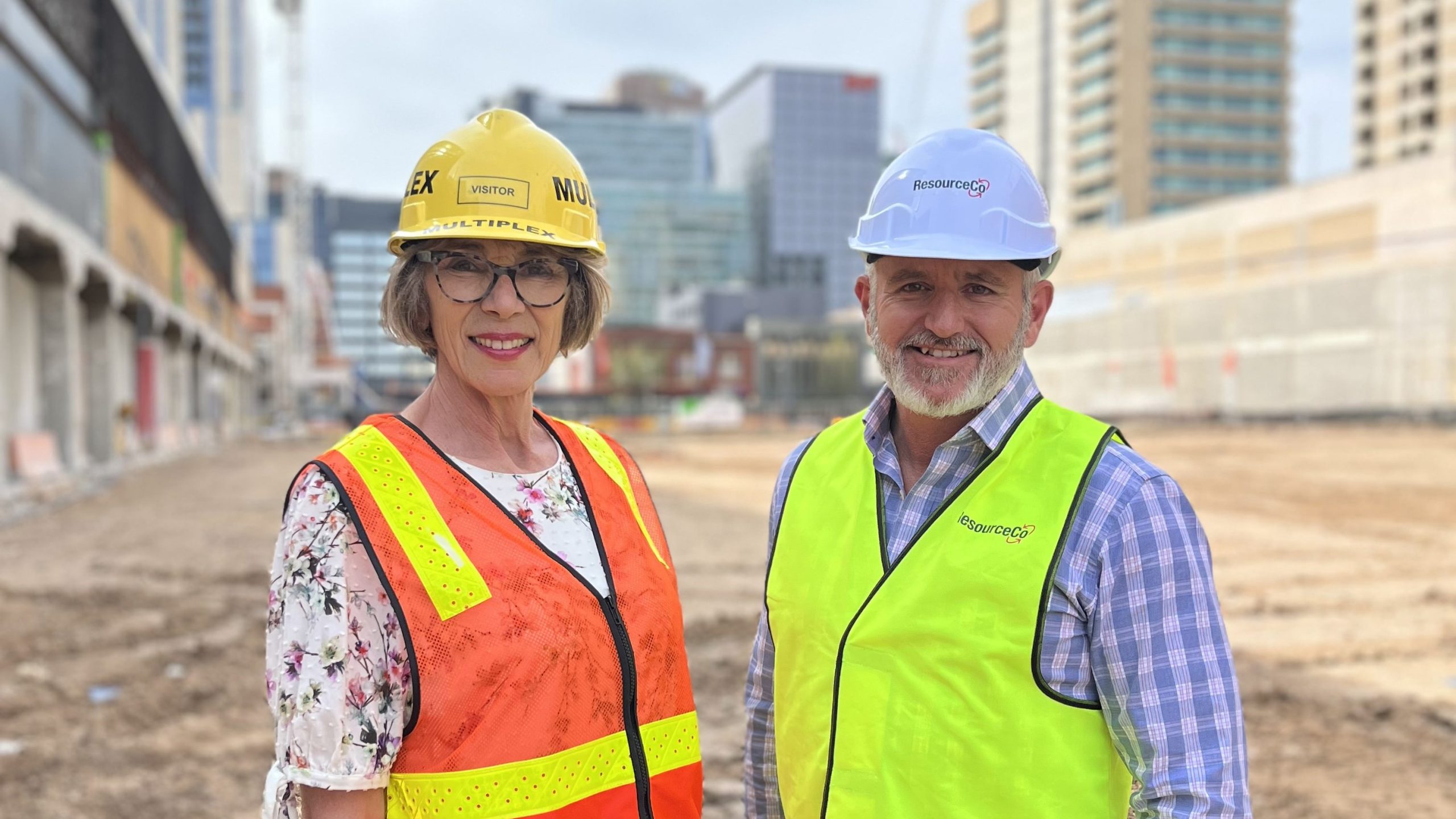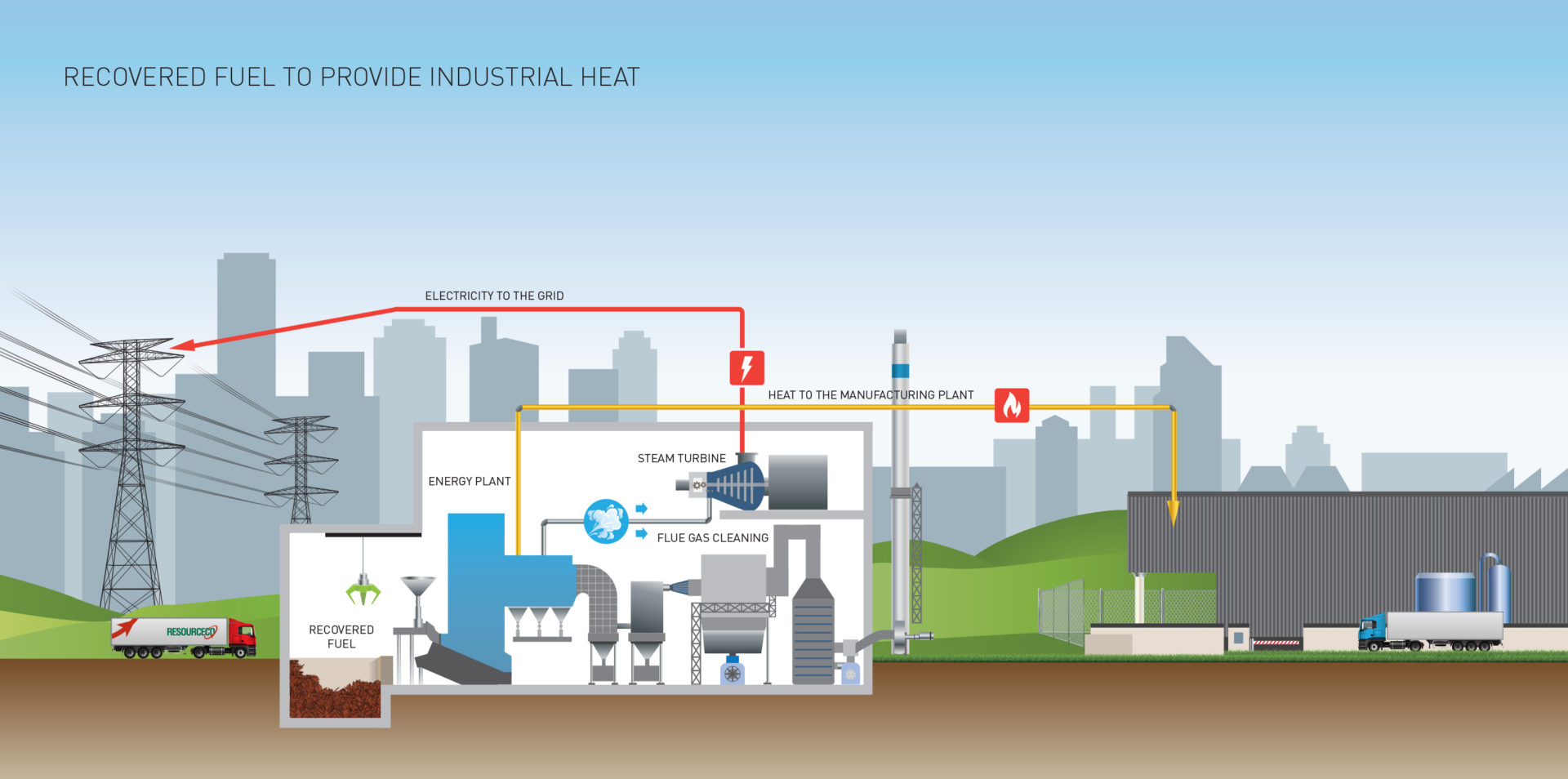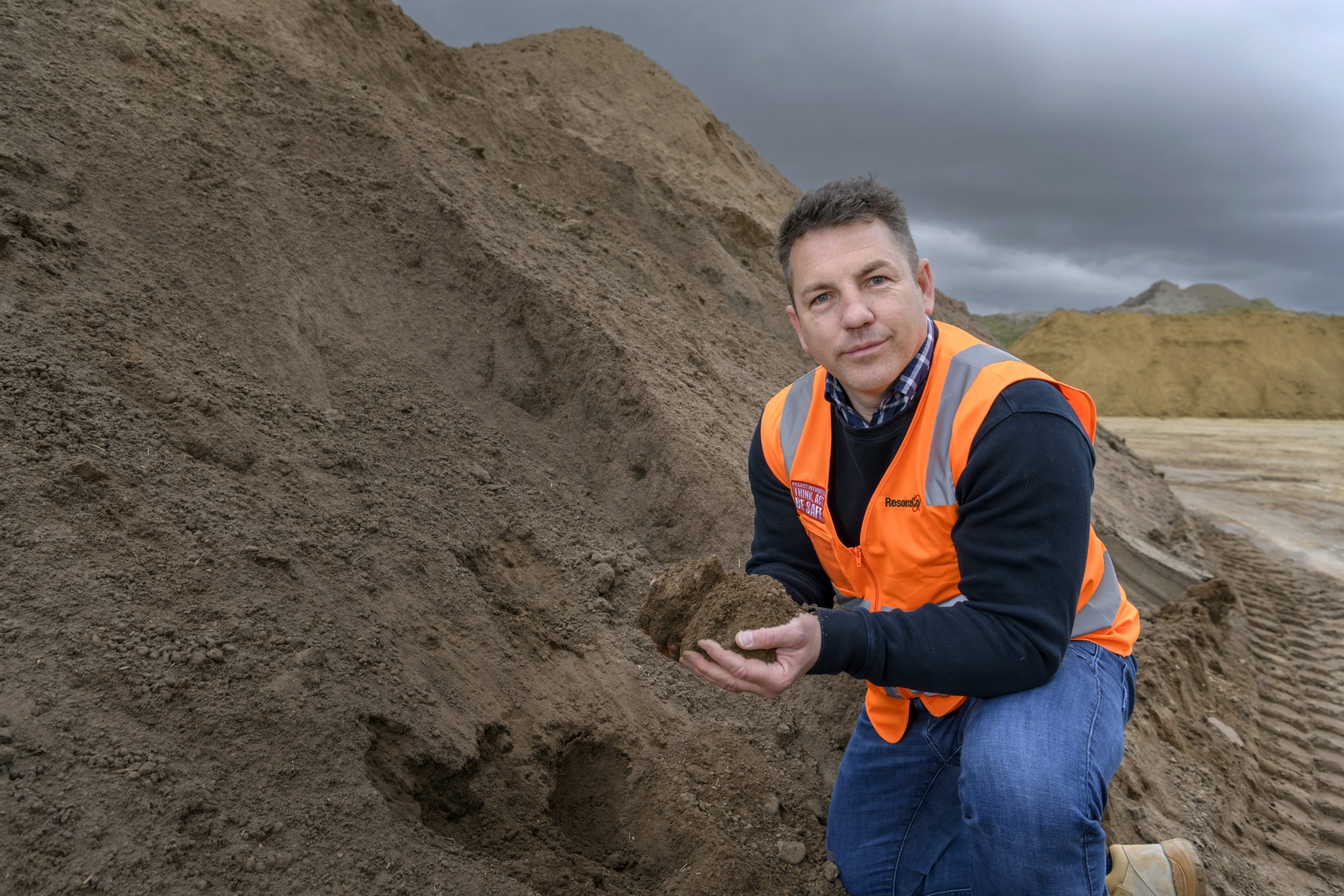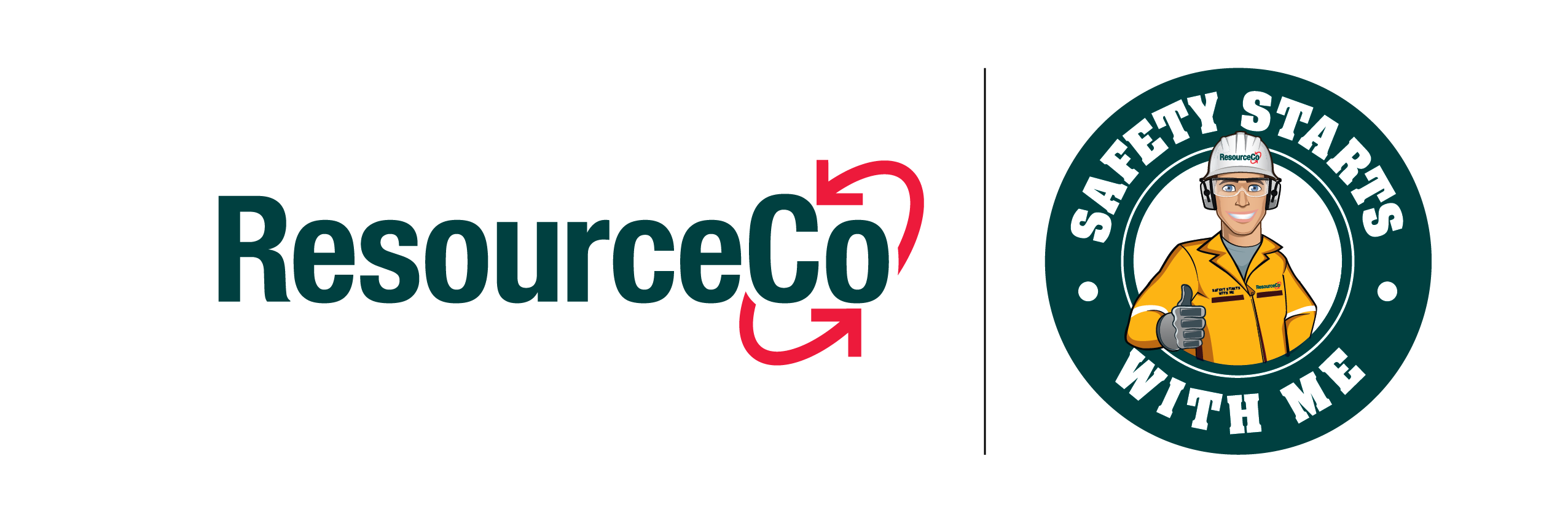

As rising gas and electricity prices continue to bear down on manufacturers and other high energy users, the Australian market is increasingly looking to alternative fuels as a viable option to rein in costs and deliver positive environmental outcomes.
ResourceCo Energy is amongst those at the leading edge of the work being done in Australia to progress the use of alternative fuels. ResourceCo has over 25 years’ experience in extracting maximum value from materials otherwise destined for landfill, having produced over 1 million tonnes of waste derived fuel, working alongside companies like Adelaide Brighton Ltd and Boral.
CEO of ResourceCo Energy, Henry Anning says alternative, behind the meter options are available for many Australian manufacturers who have seen gas and electricity prices skyrocket, with as much as a 400 per cent rise in five years – a trend he says is showing no signs of abating.
“Long-term, low-cost, renewable energy solutions are the obvious choice for energy hungry manufacturers seeking to regain control of burgeoning energy bills,” Mr Anning said.
Two large projects are progressing in Australia, with Australian Paper seeking to reduce the cost, risk and emissions of its heat use through an energy from waste solution and Orora looking to establish a waste co-generation plant at Botany.
“There is a massive opportunity for Australian manufacturers to embrace energy from waste solutions – the technology exists now and it’s a win-win in terms of generating heat and feeding electricity into the grid, while being environmentally responsible.
“ResourceCo Energy has spent the last 12-months honing an energy from waste solution that helps provide those benefits to mid-scale gas and coal users, enabling them to reduce reliance on expensive, emissions generating fossil fuels and instead utilise heat and electricity from recovered fuel from waste,” Mr Anning said.
“Our behind the meter solutions focus on establishing infrastructure that meets customers long-term heat and energy production requirements and provides a fixed cost solution through a renewable heat source.
“As an example, we can deliver a real solution for businesses with existing boilers using between 100 thousand gigajoules and a petajoule of natural gas – by installing between a five megawatt and 40-megawatt recovered fuel boiler.
“The boilers use recovered fuel – a re-manufactured waste to fuel source comprised of commercial and industrial (C&I) and certain construction and demolition (C&D) materials such as residual timber, plastic, paper and cardboard.”
Transitioning from fossil fuels to using waste to generate energy requires infrastructure changes and the accompanying capital investment – a consideration ResourceCo’s Henry Anning says doesn’t need to preclude businesses from making the change.
“ResourceCo will fund, build, own and operate the energy plant, taking the risk and capital cost away from the user while providing a lower cost, renewable heat or electricity source under a long-term agreement – providing a level of control and certainty unavailable in the traditional energy market,” Mr Anning said.
The success of the model is evident in the European market, which is about 20 years more advanced than Australia in the adoption of energy from waste solutions, which limit the financial and environmental costs of energy production and achieve environmentally-sound waste management outcomes.
In the UK, Saxland International has established the country’s largest dedicated waste wood fired Combined Heat and Power (CHP) plant in Slough, providing the 400 companies on its site, including a Mars factory, with electricity, heat and water. The current station has more than 100% redundancy, meaning that it can supply the estate more than twice over, with excess power sold to the grid.
While Kiowatt in Luxemburg is providing electricity to the grid, heat to industrial users and cooling for a data centre through a cogeneration plant using recovered fuel. At full capacity the plant will make it possible to produce 22.4 GWh of electricity every, which can be injected into the public grid to supply up to 6,300 households.
“We are just scratching the surface in Australia in terms of what’s possible to reduce cost, risk and emissions, but it’s an approach that is starting to gain momentum.
If businesses, Government and communities truly embrace the advantages of a circular economy, it will be a win for everyone,” he said.

